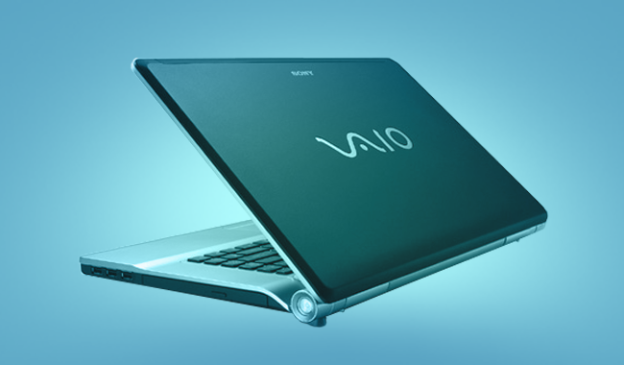
Explain yourself! corners the worst tech in our lives and demands to know: WTF?! This week: The dreaded Sony Vaio F Series, a lap-scorching behemoth that has plagued mobile editor Jeff Van Camp for years.
Oh … Jeff. Jeff, Jeff, Jeff. I remember our first meeting like it was yesterday (and it often is, because my onscreen clock constantly resets itself).
It was April 2010 when I spotted him. I had been sitting on a shelf at Best Buy for weeks, watching a bunch of wannabe computers come and go. I spent most of my days taunting the MacBooks across the aisle. Damn Apple computers think they’re so cool just because they get their own section of the store.
Anyway, I could see this scrawny guy looking around with numbers in his eyes, checking out every yellow Spec card in the department, hunting for his dream when he saw me. I wasn’t a looker, but my numbers were something to behold: A Core i7, 6GB of DDR2 RAM, a 1080p screen, a 500GB hard drive, a 1GB Nvidia GeForce 330M graphics card, a Blu-ray/DVD-ripper combo drive, an HDMI port, and one of them fancy island-style keyboards like the MacBooks (screw you Macs!). You could have squeegeed the anticipation off his eyes. My price tag was well north of a thousand bucks, but he wanted me, and he was just the kind of idiot that would go way over budget to get what he wanted.
Our relationship started out strong. He set me on a desk and I whirred the day away with the airplane exhaust fan Sony had installed inside me. After a few months he started traveling and things got tense. He realized that I didn’t get half of the 4-hour battery life those Best Buy basterds said I got and my fans were so loud that he had to wear headphones just to hear his music. So he’d drag my enormous power supply around with him. But hell, my tiny six-cell battery liked the juice. It felt good!
The real fallout came when Jeff started trying to use me as a laptop and put me … you know … on his lap. He soon discovered what he would have known if he would have checked my warning labels: I’m one hot bitch! The bottom of my chassis actually gets so hot that it can sear human flesh. That’s on the label, too! It says I’ll burn you, and I will! I made sure to delete it from his inbox so he never knew, but I was even recalled a couple months after he bought me. Oh yeah. I’m pretty proud of this: The Consumer Product Safety Commission Protection said I’m a burning hazard.
These days, I don’t get much action. Jeff tries to ignore me, but I’ve got his entire music collection and all those episodes of Friends he downloaded in college. He can’t leave me. I’m too important. And he can’t afford to buy anyone else. All he can do is yell and sigh in defeat every time I overheat and shut down (I do that now). And I don’t give a shit. There’s no way I was gonna spend my days in a recall pile. No. Goddamn. Way.
I have no regrets. YOLO, bitches!
Editors' Recommendations
- Acer’s new gaming laptop bring Nvidia RTX 40-series GPUs under $1,000
- Xbox Series X and PlayStation 5: Who will ‘win’ the next console war?
- What will PlayStation 5 and Xbox Series X games look like at launch?




